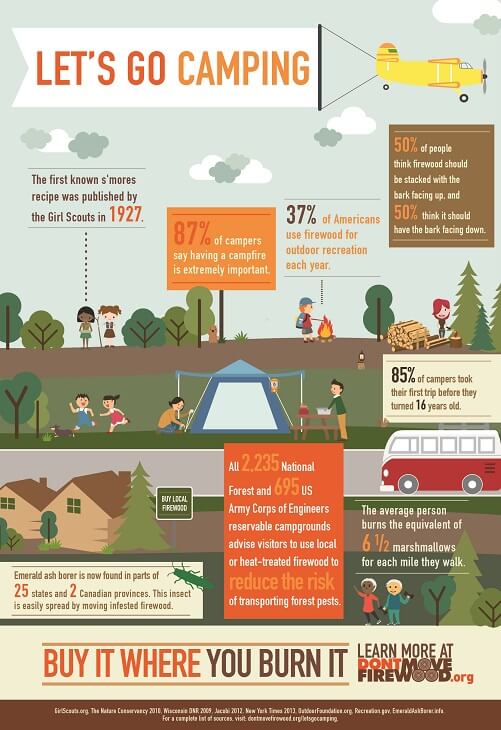Use Your Valuable Time To Make Money Selling Camping Tents
Use Your Valuable Time To Make Money Selling Camping Tents
Blog Article
Just How to Effectively Establish Your Tent Before Camping
Setting up your tent can be a difficult job for also knowledgeable campers. This overview will certainly cover the basics of pitching an outdoor tents properly and safely so you can enjoy your outdoor camping journey without stress and anxiety or fear.
How do you camp in windy conditions?
Begin by outlining your outdoor tents's impact and ground sheet to shield your outdoor tents flooring from rocks, sticks, dust, and various other debris. Next, put together the tent poles and attach them to the edges of the camping tent body using the suitable sleeve or hook.
Choosing the Right Site
When you are exhausted after a lengthy day walking, you wish to pitch your camping tent and get ready to sleep. But you should initially stroll around the website to ensure it is safe for camping. Look down and up to find out whether any kind of trees have huge dead branches that can fall on your camping tent. These are often called widowmakers and you don't want them to go down on you while you're resting.
Likewise make sure to avoid low places that might flood during a storm and to camp far from pet tracks, nests and habitats where ticks and chiggers are most likely to thrive. Try to find a flat, rock-free place that allows sufficient for your camping tent and any other equipment you'll be bringing.
Some individuals like to establish their camping tents up so the head end is pointed toward the eastern to capture the sun's warming rays first thing in the morning. This isn't constantly needed, however it is a good touch that can help wake you up.
Pitching Tips
It might appear evident, but correct outdoor tents throwing is one of the most vital consider a good night's sleep. Having a practice run at home will certainly assist you familiarize on your own with your outdoor tents, discover all the pole sleeves and bell tents glamping bolts, and make certain whatever is in area. It's likewise a good time to practice making use of guylines for stability and to discover any kind of damaged pieces.
When you come to your camping website, take a look at the terrain to see if it's suitable for your outdoor tents. A great rule of thumb is to pitch the outdoor tents on a level, level area with a slight downhill angle. This will certainly enable rainfall to recede from the camping tent rather than merging in front of it.
If you can not discover a level location, think about placing a tarpaulin or other groundsheet under your tent impact to protect it from moisture. This can additionally assist maintain dust out of the tent.
Making Use Of Guylines Efficiently
Using individual lines efficiently is essential to making certain your tent or hammock remains protected in high winds and various other poor weather conditions. A person line is a rope or cord that affixes to the ground with loopholes and D-rings in the structure, tarpaulin, or rainfly.
Begin by securing one end of the line to a guyout loophole on your tent or rainfall fly, or to the pole it's affixed to. Then loophole the other end of the line over a risk put well away from the framework and tighten it.
Keeping your sanctuary's person lines taut will certainly prevent sagging or sagging during gusty conditions, preventing wetness from permeating into the camping tent or damage to the structure and boosting convenience and safety and security during outdoor camping. Always examine the tension of your person lines throughout and after unfavorable climate condition to ensure they stay secure. Furthermore, consider packing an individual line tensioner to quickly readjust and maintain the appropriate quantity of tension in your lines.
Removing the Tent
When clearing up into your camping area, find an area with a level area and clear it of rocks and debris. Likewise, be sure to put down an outdoor tents footprint or tarp a little smaller sized than your tent body to avoid water merging. This helps keep your outdoor tents dry from rain or condensation and can be specifically helpful in gusty locations.
Examine your equipment, consisting of the camping tent things sacks to ensure absolutely nothing is missing out on. Check that the poles suit their clips and replenish first-aid items if needed.
When it's time to pitch your camping tent, start by orienting the doors downwind, and stake down each corner of the outdoor tents. If the ground hangs or sandy, consider spreading a tarp under your outdoor tents to shield it from wind and reduce the probability of your outdoor tents toppling. Also, be sure to utilize guylines successfully to restrain your rainfly and maintain it tight. A well-pitched tent can avoid leaking, condensation, and sunlight damages.
What size do Tents come in?
